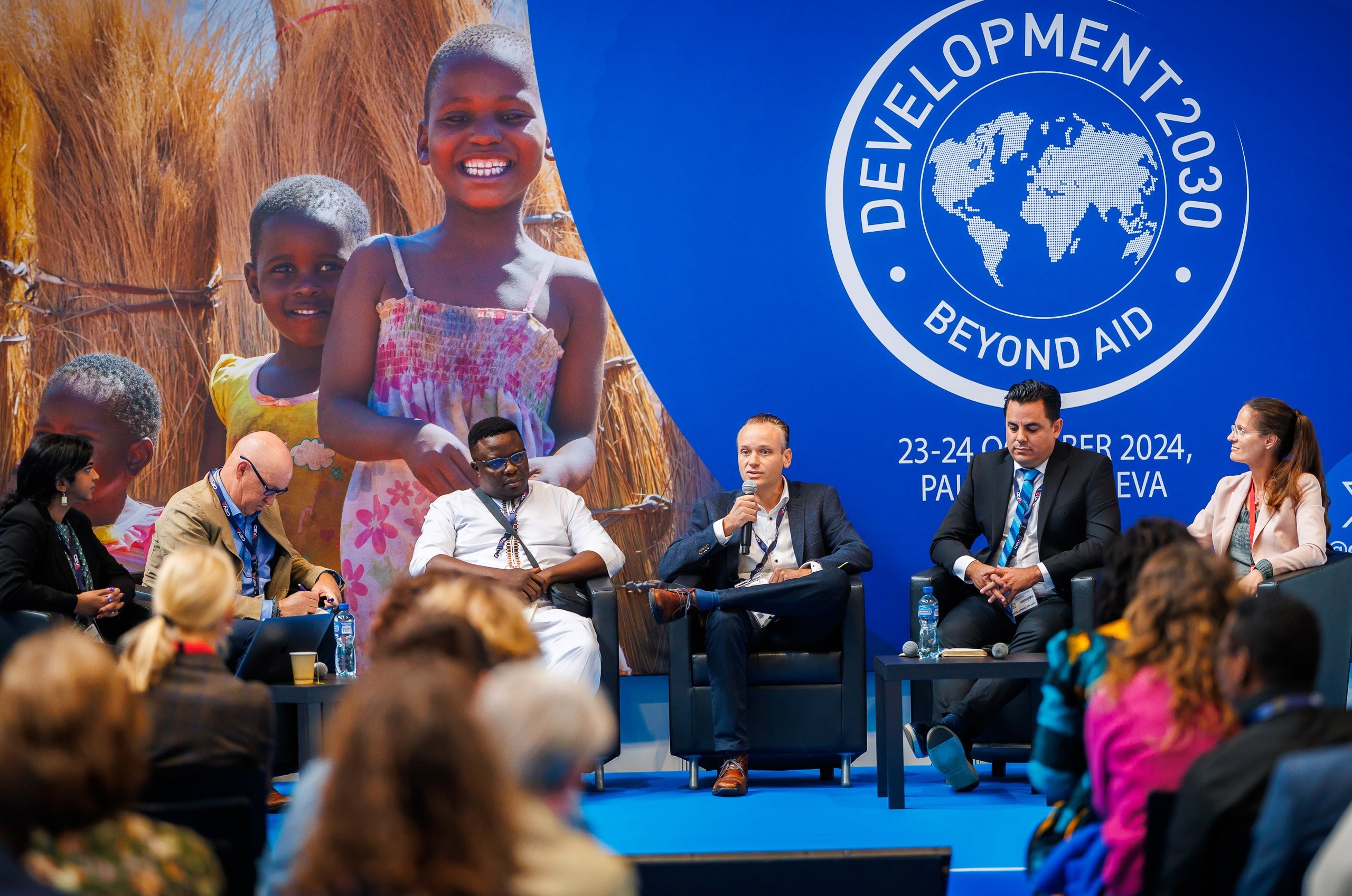The United Nations’ COP29 Climate Conference in Baku, Azerbaijan, ended with an agreement that industrialized nations would pay $300 billion annually by 2035. This pledge is a trillion dollars short of the $1.3 trillion a year requested, which experts say is the minimum required to support developing nations cut climate pollution and prepare for threats from extreme weather. The decision enraged low-income countries that contribute less to climate change but disproportionately suffer its effects.
With 2024 on track to be the hottest on record, people around the world are facing the impact of more extreme and unpredictable climate disasters. The Global Report on Internal Displacement reported that weather-related disasters—including floods, storms, droughts, and wildfires—displaced 6.6 million people in 2023.
Displaced individuals lack consistent or safe shelter, exposing them to health hazards, reduced livelihoods, and lower life expectancy. Vulnerable populations are 30 times more likely to be at risk from climate disasters. Today, one in five people is at risk of an extreme weather event in their lifetime.
This year’s COP29 Climate Conference underscored the disconnect between those who face the biggest impacts of climate change and those who fund the policy.
Bridging this gap was Grassroots Solutions to Climate-Induced Vulnerability, a recent panel discussion of development practitioners and policymakers organized by Trickle Up, moderated by its Associate Director of Communications, Sevita Rama. Panelists included Andrew Harper, Special Advisor to the High Commissioner for Refugees for Climate Action at UNHCR; Rafael Merchan, Chief of Party – Horizons Initiative, Catholic Relief Services; Karolina Frischkopf, CEO, HEKS/EPER; Prince Israel Orekha, Executive Director, Connected Advocacy for Empowerment and Youth Development Initiative; and Tim Diphoorn, Europe Director, One Acre Fund.
Here are five takeaways from the panel:
Expedite Funding:
Climate aid often stalls in bureaucratic bottlenecks, with less than 30 % reaching the people who need it most. In many cases, it only reaches a country’s capital, where it is divided by international organizations or NGOs for overhead. We must reduce the barriers to resources reaching the most climate-affected and vulnerable people, and we need these people to lead on decisions around allocation and priorities for climate-resilience.
Empower Communities:
For development interventions to be sustainable, they must be deeply integrated and responsive to local practices, cultures, and traditions. Communities must actively co-design these programs and support their implementation to ensure lasting outcomes. By connecting new advancements in science and agriculture with local approaches, we validate traditional knowledge while encouraging the adoption of practices that are better for the environment, more efficient, and support more resilient livelihoods.
Employ Technology:
Technology can revolutionize how communities adapt to climate challenges and enhance livelihoods. WhatsApp and AI-integrated chatbots help farmers quickly access information on weather, fluctuating prices, and pest or disease control. We need to ensure that the most vulnerable populations have access to these powerful tools and reliable information on adapting to climate change through partnerships with telecommunications providers, data providers, and governments.
Teach Advocacy:
Advocacy plays a critical role in the success of any climate initiative. Communities must take ownership, organize, and create citizen-led actions that amplify climate impacts for policymakers. When young people are educated about the climate crisis and how it affects their communities, they become powerful advocates for policy change. To bring more local leaders to the decision-making table, we must cultivate young leaders and advocates.
Make People Uncomfortable:
Decision-makers often lack firsthand experience of climate realities. When the Director General of UNHCR visited the Kakuma Refugee Camp in northern Kenya and spent just 90 minutes in a refugee tent without air conditioning, he said it had more impact than a year of meetings. If vulnerable communities are not at the table, it’s time to bring policymakers to the front lines of the climate crisis to drive urgent action.
People want more than climate resilience that ends with emergency responses; they want sustainable solutions. But the impact of the climate crisis depends on who you are and where you live. It is time to close the gap between those who can survive and afford to rebuild after a climate disaster and those who are left behind.



